Our man in the bunch 4: pro cycling myths
Cycle Sport’s Our Man in the Bunch series ran through the 2012 season, to popular acclaim. An anonymous professional rider sent us a series of dispatches from the peloton, covering all subjects from money, through media to management and more. We reproduce the series here.
Words by Our Man in the Bunch
Illustration by Simon Scarsbrook
This article originally appeared in Cycle Sport July 2012. The rest of the series will appear over the next few weeks
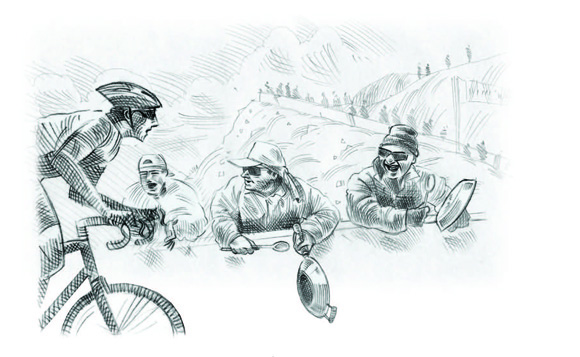
There is nothing I enjoy more than a cafe stop on a summer’s day. A gentle recovery ride after a race or hard training block, extended by an hour or two with a couple of cappuccinos or espressos outside in the sun: that’s my idea of bliss. As professionals, we have more time on our hands than most for such luxuries, but that same cafe culture extends into almost every branch of the sport, so I often find myself dissecting races or discussing the latest rumours with a few local amateurs.
Some are more knowledgeable than others, but even the keenest of enthusiasts can display a lack of understanding that can be frustrating. And don’t even get me started on forum ‘experts’. It’s not their fault; everybody has the right to an opinion, and I too had similar misconceptions before turning pro. But, unless you have experienced professional racing first hand, it’s difficult to understand the intricacies of our beautiful sport. There are four myths which I’d like to clear up, once and for all.
Myth 1: Sprinters can’t climb
Get The Leadout Newsletter
The latest race content, interviews, features, reviews and expert buying guides, direct to your inbox!
This is my favourite. I’ve lost count of how many weekend warriors who fancy themselves as a bit of a ‘climber’ have implied to me that they could have the better of Mark Cavendish, André Greipel or Tyler Farrar as soon as the road tilts skywards. The general feeling is that, while amazingly explosive over the last 200 metres, sprinters are unable to haul their big fast-twitch muscles over anything more than a bridge. In reality, those guys might seem inferior on the climbs when compared to the likes of Cadel Evans or the Schlecks, but put them side by side with any amateur and they wouldn’t have any trouble showing them who’s boss.
Cavendish’s win at the 2009 Milan-San Remo is a prime example. It is impossible for me to describe to you the speed that the bunch rides into and up the Cipressa and Poggio — they might not be steep but they are ridden like gravity suddenly doesn’t exist. The fact that the entire podium that year, Cavendish, Heinrich Haussler and Thor Hushovd, are all sprinters, and the final selection was around 40 riders (from 200 starters), should give you some idea of how quickly those guys climb when they have the scent of a big win.
Hushovd is another fine example of a sprinter more than capable of holding his own in the mountains. What he did at the 2011 Tour, to win stage 13 over the Aubisque, was an incredible feat. The descent to catch David Moncoutié, then Jérémy Roy, before attacking for a solo win was why it became an epic victory, but the most impressive part of the ride was his display of power and endurance on the Aubisque.
From a group of world-class escapees, Thor managed to haul his 85kg body over the top in third place, keeping the margin to a couple of minutes, just small enough to still be in contention for the stage win. Similarly to San Remo, it’s very hard for me to put into words the power he must have produced up that final climb, but I can tell you that every rider in the race was left in awe.
Myth 2: Climbers can’t ride fast on the flat
I was certainly guilty of this notion myself. When I started out, I had an idea that the likes of Marco Pantani, Richard Virenque, Laurent Dufaux, Stefano Garzelli — the stereotypical diminutive climbers of the time, would somehow struggle on the flat and only come into their own in the mountains. I think this notion stemmed from my days as an amateur, when I often used to race and train with a small 60kg climber. He used to dance away from me on the climbs, but couldn’t hold a wheel on the flat.
This idea was quickly quashed at one of my first pro races, Tirreno-Adriatico. The first stage was flat for the first 80 kilometres, with a few rolling hills in the last 100. The first part of the race was run off at a furious pace: my speedo was regularly clocking 60kph on the straights as the early break tried to forge clear.
Through one town, I found myself on the wheel of Gilberto Simoni. After a tight right-hand turn, the bunch was in one long line and my speedo showed 63kph. It also showed me an unfeasibly high heart rate, as if I needed confirmation that I was on my limit. I just prayed that Gilberto could hack the pace and wouldn’t let the wheel go, as I had no chance of coming round him to close the gap. At the exact time these thoughts entered my head, he took his bottle from the cage, had a good long swig, and then proceeded to take a glance at the route profile which he had in his pocket. No more confirmation was needed to tell me that Gilberto was not quite as ‘on the limit’ as me, and from that moment on I had a new-found respect for the all-round capabilities of pro riders.
If you want to get to the top of the sport as a GC rider, you still have to be able to hold your own on the flat, and even position yourself at the front towards the finish so as not to lose precious seconds through splits. This is why you will often see GC favourites’ names popping up in the top 30 in Grand Tour bunch sprints.
Myth 3: The ‘easy’ early break
Another common myth among fans is that of the easy early break. I will admit that occasionally the breakaway goes very early in the stage, but days like that are becoming increasingly rare. These days, particularly at the Tour de France, there is so much at stake for everybody that it’s extremely difficult to get into the day’s move. Of course, when you turn on the television with two hours left to race, all you see is a group already up the road riding steadily through-and-off, and a bunch behind controlled by a team or two — I can see how it’s easy to assume that the leaders out front were the only riders who wanted to go in the break.
I’ll use the Tour de France as an example. In the first week, there are a large number of teams with GC riders or sprinters with lofty goals, so most team-mates will be instructed to stay with their leaders, protect them from the wind, keep them well-positioned, and generally be at their side in case they’re needed. What this means is that there are fewer riders looking to get into the early move, and it will often go in the first 25 kilometres.
However, later in the race, hopes have been dashed for all but a select few GC riders, and with the transitional stages offering genuine opportunities of a stage victory at the world’s biggest race, it can be absolute torture trying to make it into the early breakaway.
I remember a stage in the third week of the Tour a few years ago, 220km and littered with short climbs. The action started at kilometre zero, as it often does these days, and didn’t let up. There are so many different agendas by that point in the race: the yellow, green and polka-dot jersey leaders can’t let their close rivals sneak up the road to take time or points; teams classification leaders must be at least as well-represented in the break as those threatening them; French teams consumed with pride who can’t bear to see their compatriots steal any glory. The list is virtually endless, which is why it takes a plethora of permutations before the right combination of riders is let clear.
In this particular instance, it was 130km of constant attacking and chasing over very arduous terrain before the magic combination of six riders formed. With everyone in the bunch finally happy, we all stopped for a natural break and the gap went up to five minutes in an instant.
To the TV audience, who switched on their live coverage around 20 minutes later to see riders chatting in the bunch and a small break riding comfortably at five minutes, it must have seemed just another calm stage, but for the four poor riders eliminated because they had bad legs on the wrong day, it was anything but.
These days, only a few of the Tour stages are shown live on TV from the very outset. I would encourage any avid fan to take the opportunity to watch them, to get a feel for what happens, as it’s probably the least-known part of our sport.
Myth 4: Pro riders are scientific with their training
Well, some are, obviously, but this is another myth that was shattered when I turned pro. I had a vision that all the riders would follow the most scientific, up-to-date training programmes and diets given to them by team sports scientists and nutritionists. In reality, I found a peloton full of guys who had climbed to the top of the sport despite their lifestyle, rather than because of it. I also know
plenty of enthusiastic amateurs more au fait with the use of power meters, aerodynamic positioning and equipment than the average pro.
I’ve known riders who haven’t done a training interval in their life, preferring to just go out and ride. I’ve known others with an addiction to fast food (something Chris Horner is well-known for), chocolate, alcohol or even nicotine.
I’ve seen a rider come back to the hotel from a drinking session during a Grand Tour, and not only continue without a blip the next day, but also manage to run top five on the stage.
What every fan should remember is that the pros really are the cream of a very large crop. Climbers with incredible power-to-weight ratios won’t make it as a pro if they are unable to hold position in a bunch; sprinters with the highest raw power will be discarded if they can’t get to the finish in the bunch. Pros are the best of the best, physiological beasts, the best bike-handlers, with immense powers of recovery, the desire to win and an ability to make themselves suffer day after day.I have an enormous respect for every fellow pro, and so should every weekend warrior.
This article first appeared in Cycle Sport July 2012
Follow us on Twitter: www.twitter.com/cyclesportmag

Thank you for reading 20 articles this month* Join now for unlimited access
Enjoy your first month for just £1 / $1 / €1
*Read 5 free articles per month without a subscription

Join now for unlimited access
Try first month for just £1 / $1 / €1
-
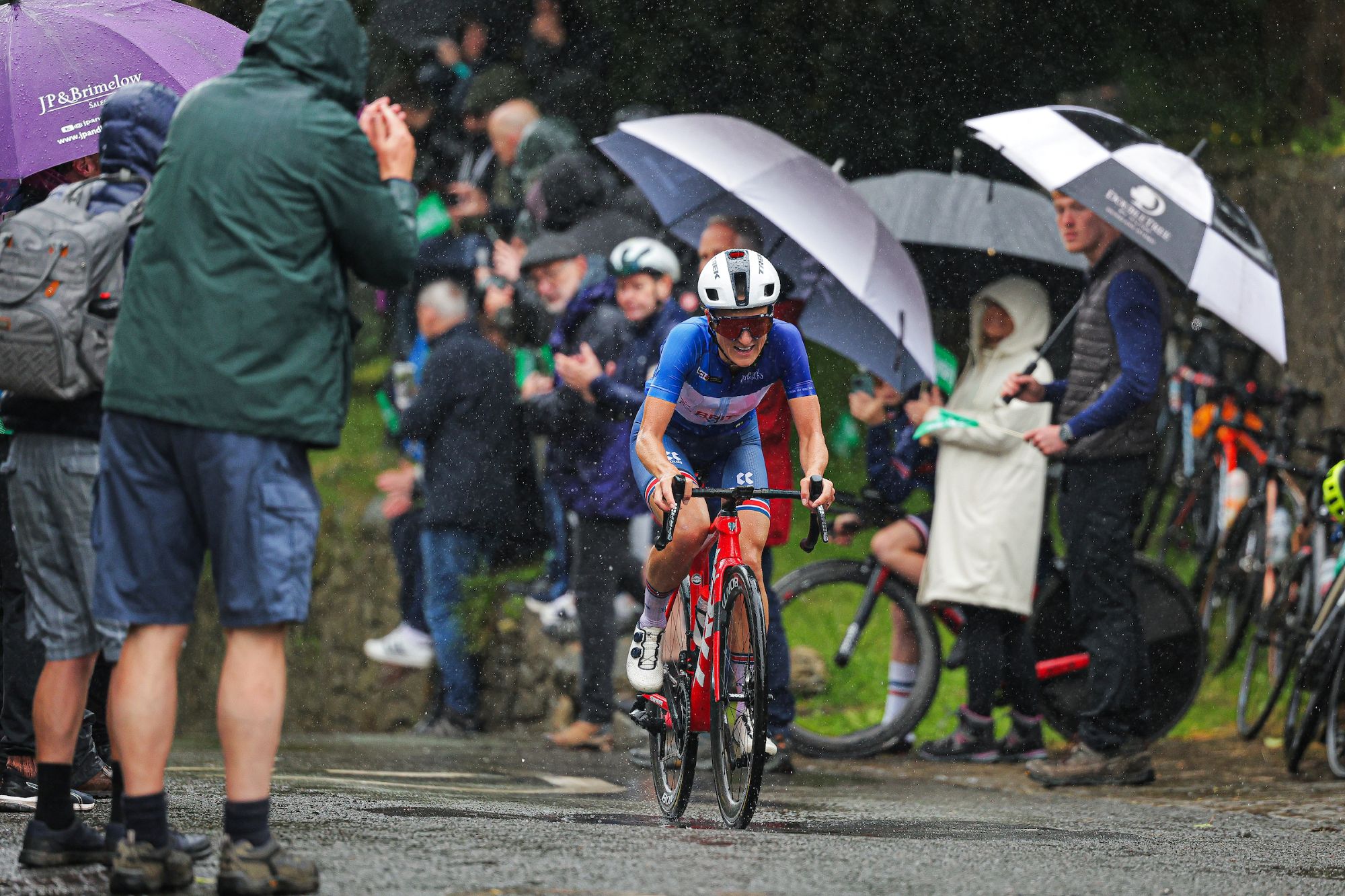 FDJ-Suez, SD Worx-Protime, Lidl-Trek confirmed for Tour of Britain Women as strong list of teams announced
FDJ-Suez, SD Worx-Protime, Lidl-Trek confirmed for Tour of Britain Women as strong list of teams announced18 teams set to take part in four-day WorldTour stage race
By Tom Thewlis
-
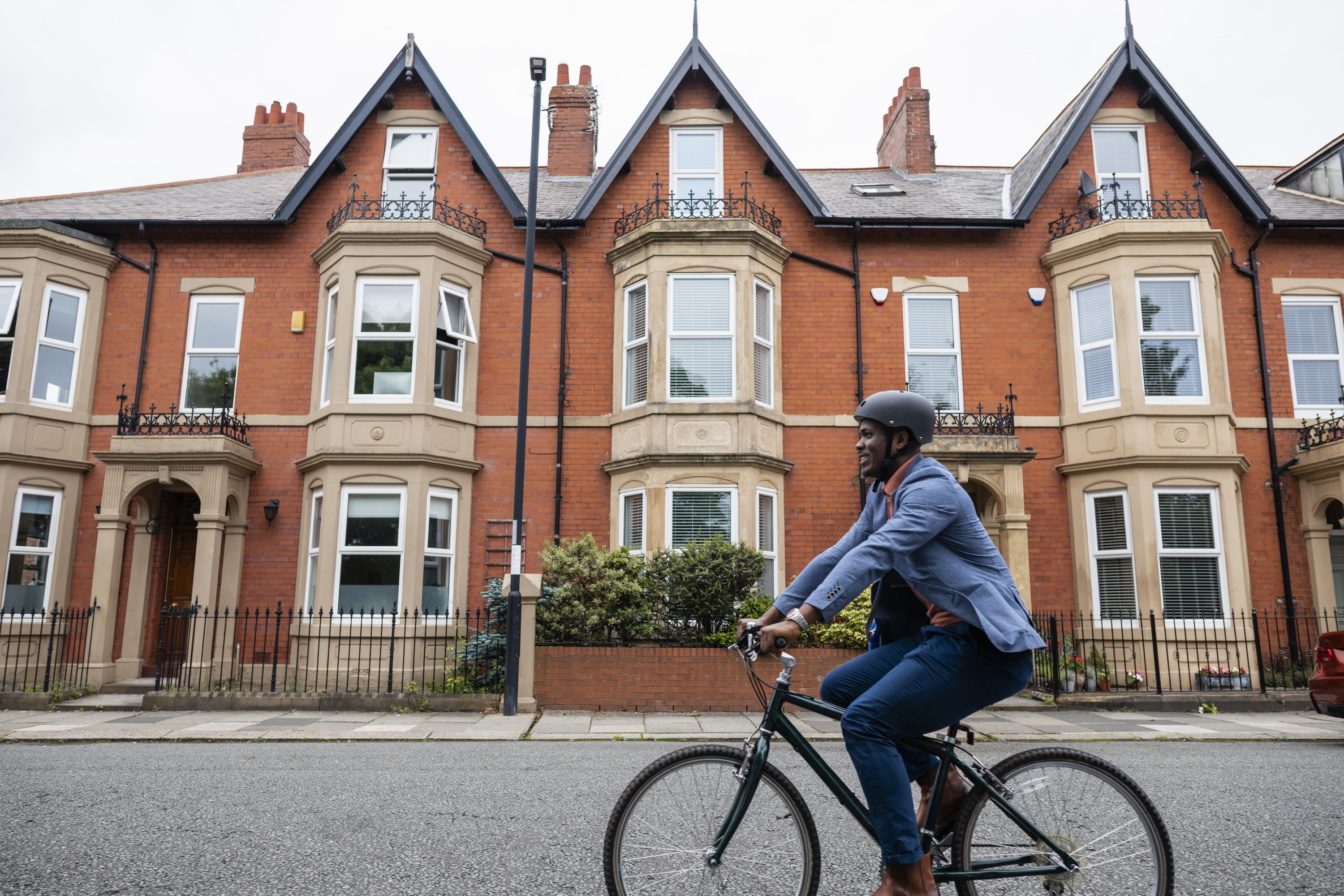 Cyclists could face life sentences for killing pedestrians if new law passed in England and Wales
Cyclists could face life sentences for killing pedestrians if new law passed in England and WalesReckless cycling currently carries a maximum two-year jail term
By Tom Thewlis
-
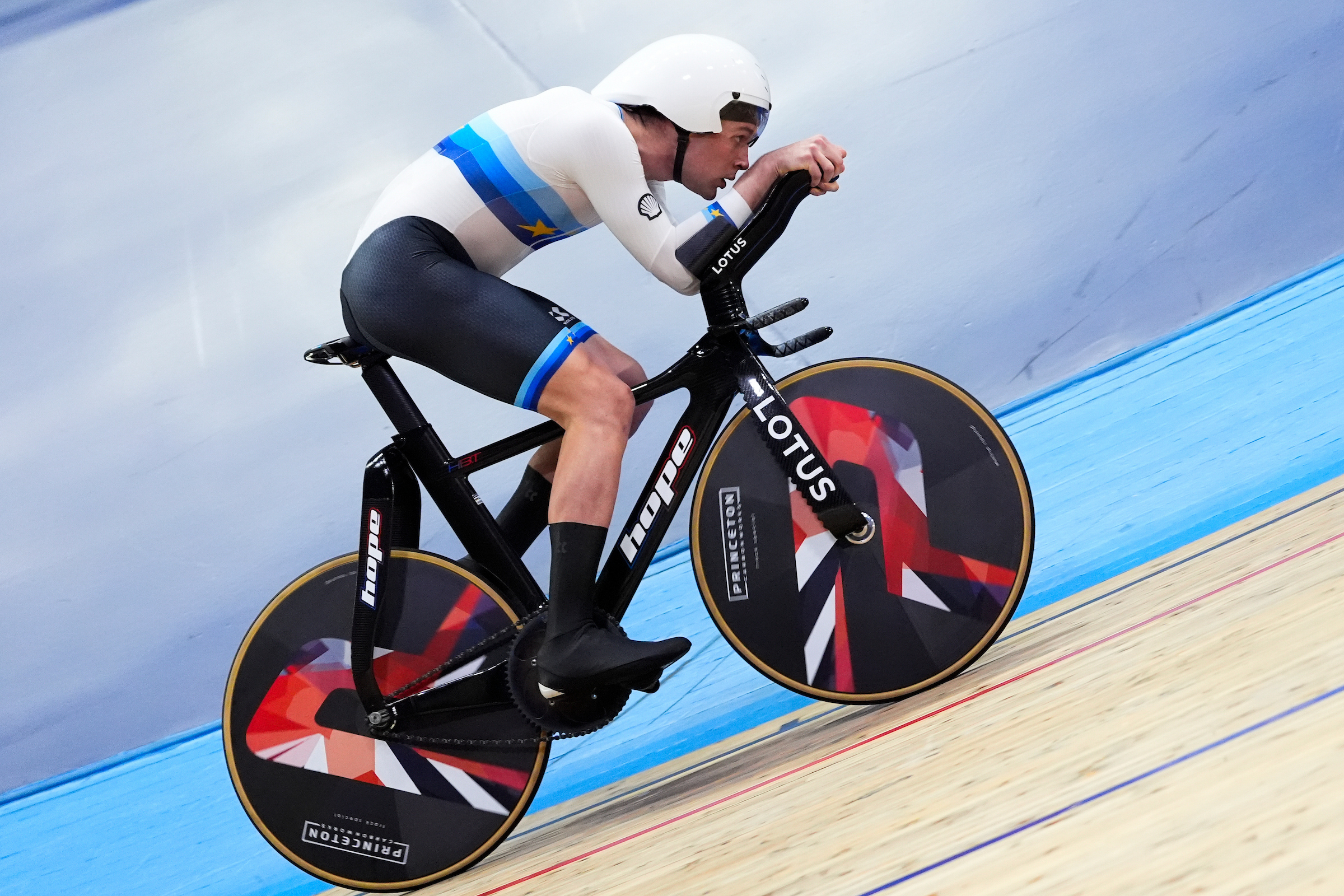 'Five or six WorldTour teams asked for my data' - Interest grows around world record breaker without a road team
'Five or six WorldTour teams asked for my data' - Interest grows around world record breaker without a road teamJosh Charlton says there's "definitely interest" in his signature
By Tom Davidson
-
 Men's WorldTour 2025: Everything you need to know about the teams
Men's WorldTour 2025: Everything you need to know about the teamsThe leaders, transfers and team ambitions set to shape the season ahead
By Adam Becket
-
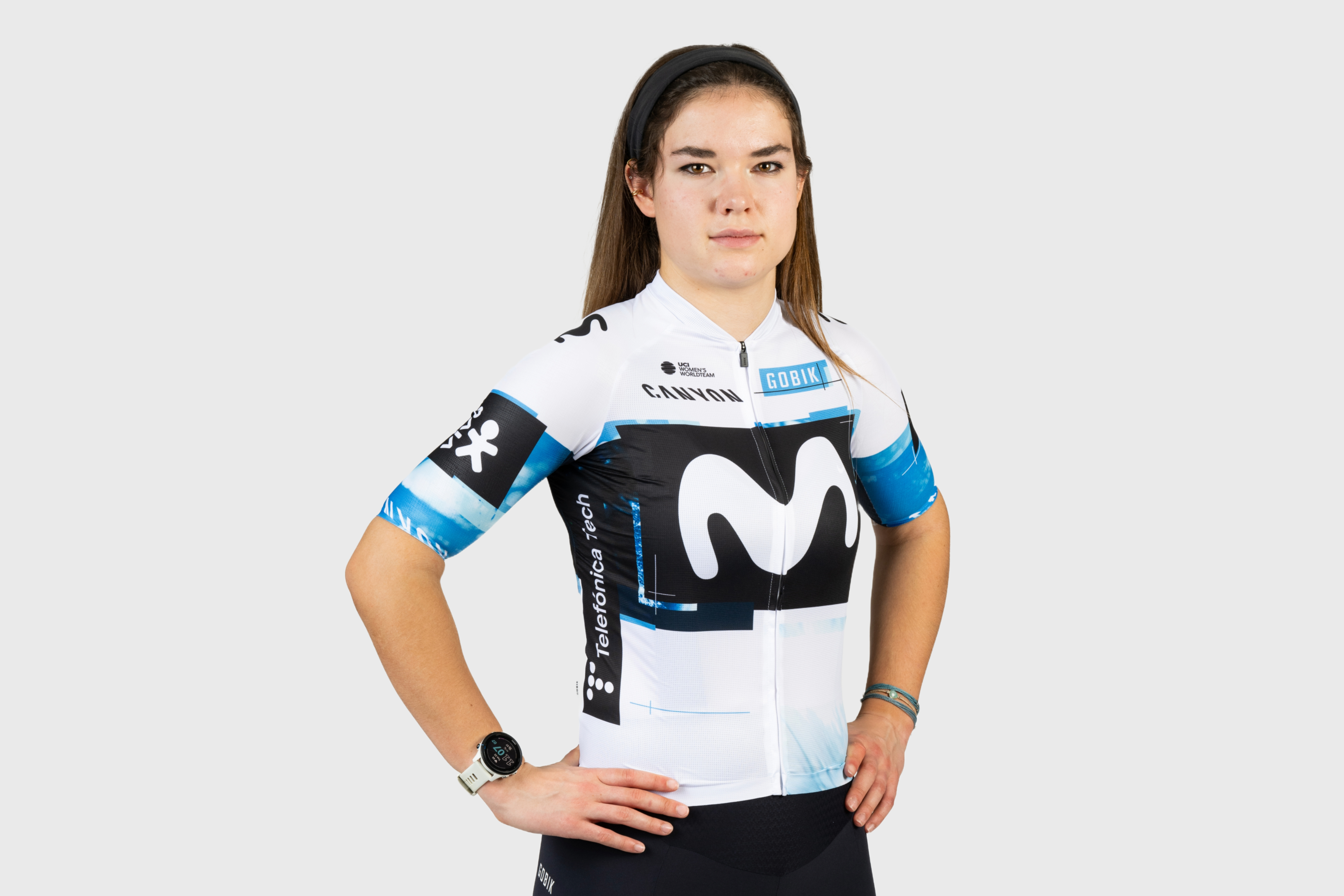 'It's a bit scary' - WorldTour's youngest rider to pair schoolwork with racing
'It's a bit scary' - WorldTour's youngest rider to pair schoolwork with racingA-level student Carys Lloyd is one of Movistar's latest recruits
By Tom Davidson
-
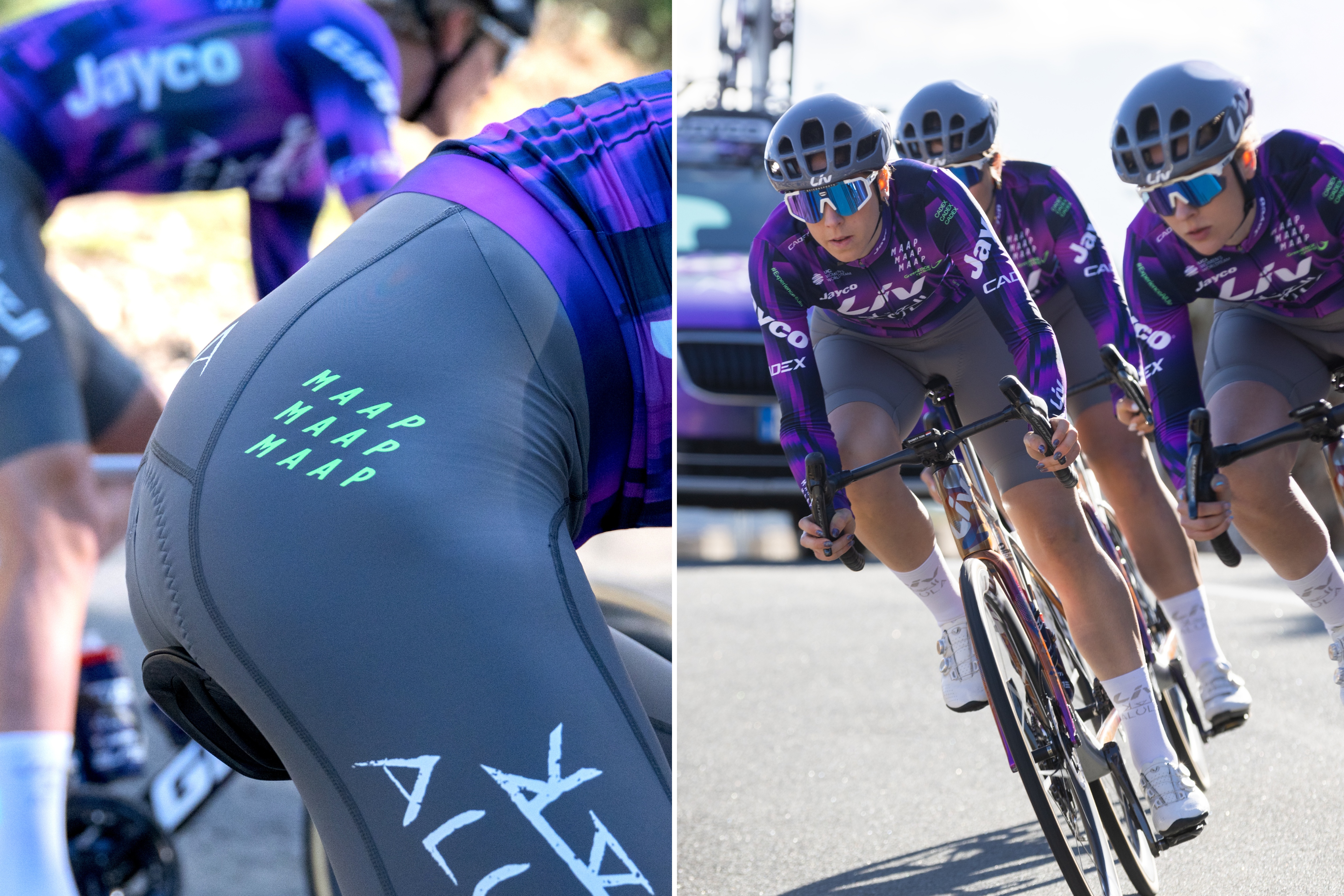 'We call it shadow' - MAAP brings grey bib shorts to the WorldTour with Jayco AlUla
'We call it shadow' - MAAP brings grey bib shorts to the WorldTour with Jayco AlUlaAustralian brand vows to add 'fashion influence' to sport's top level, and says grey colour is 'not as contentious' as AG2R's classic brown
By Tom Davidson
-
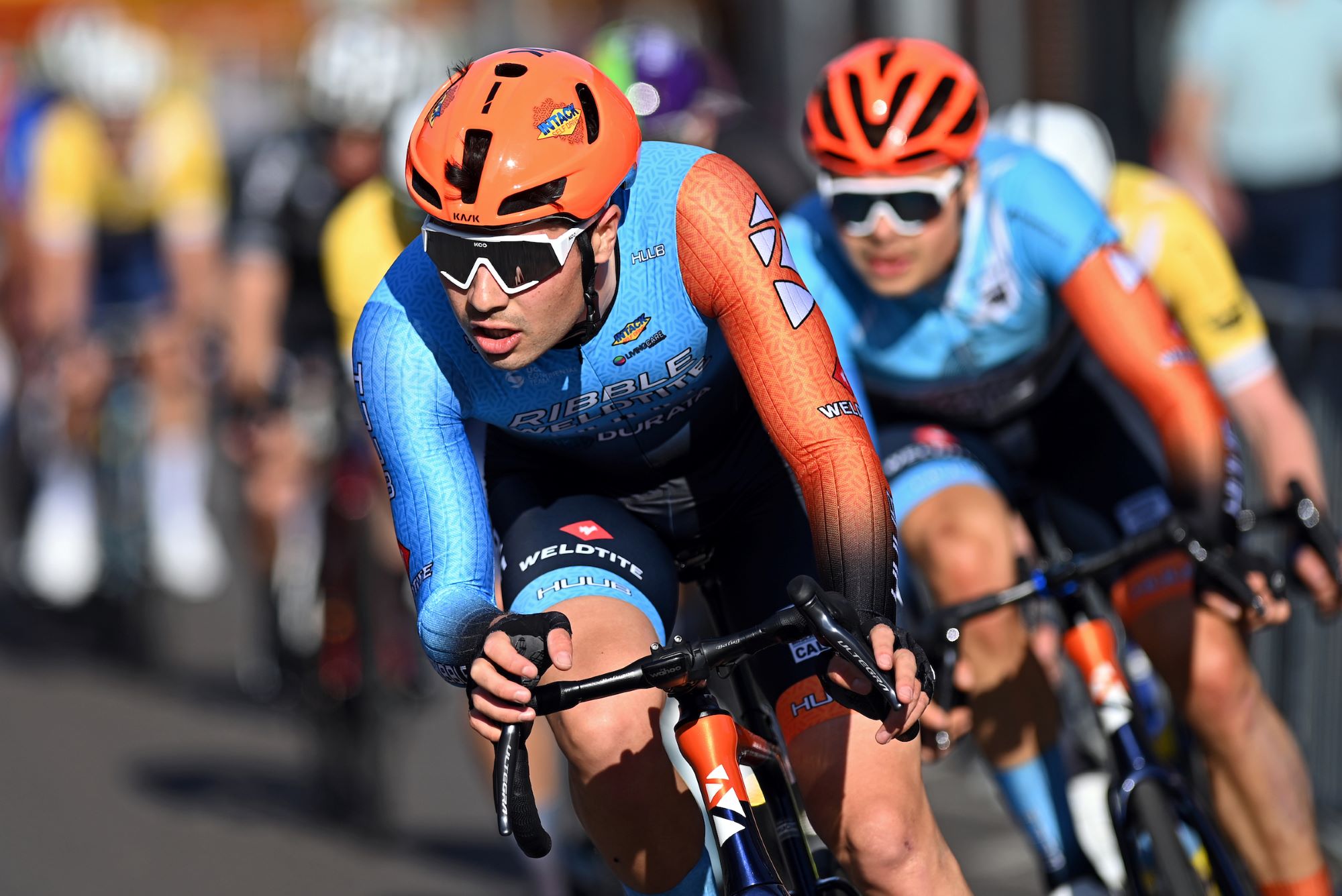 Global backers in talks over new British WorldTour team
Global backers in talks over new British WorldTour teamFormer management of Ribble Weldtite courting interest in new project
By Tom Thewlis
-
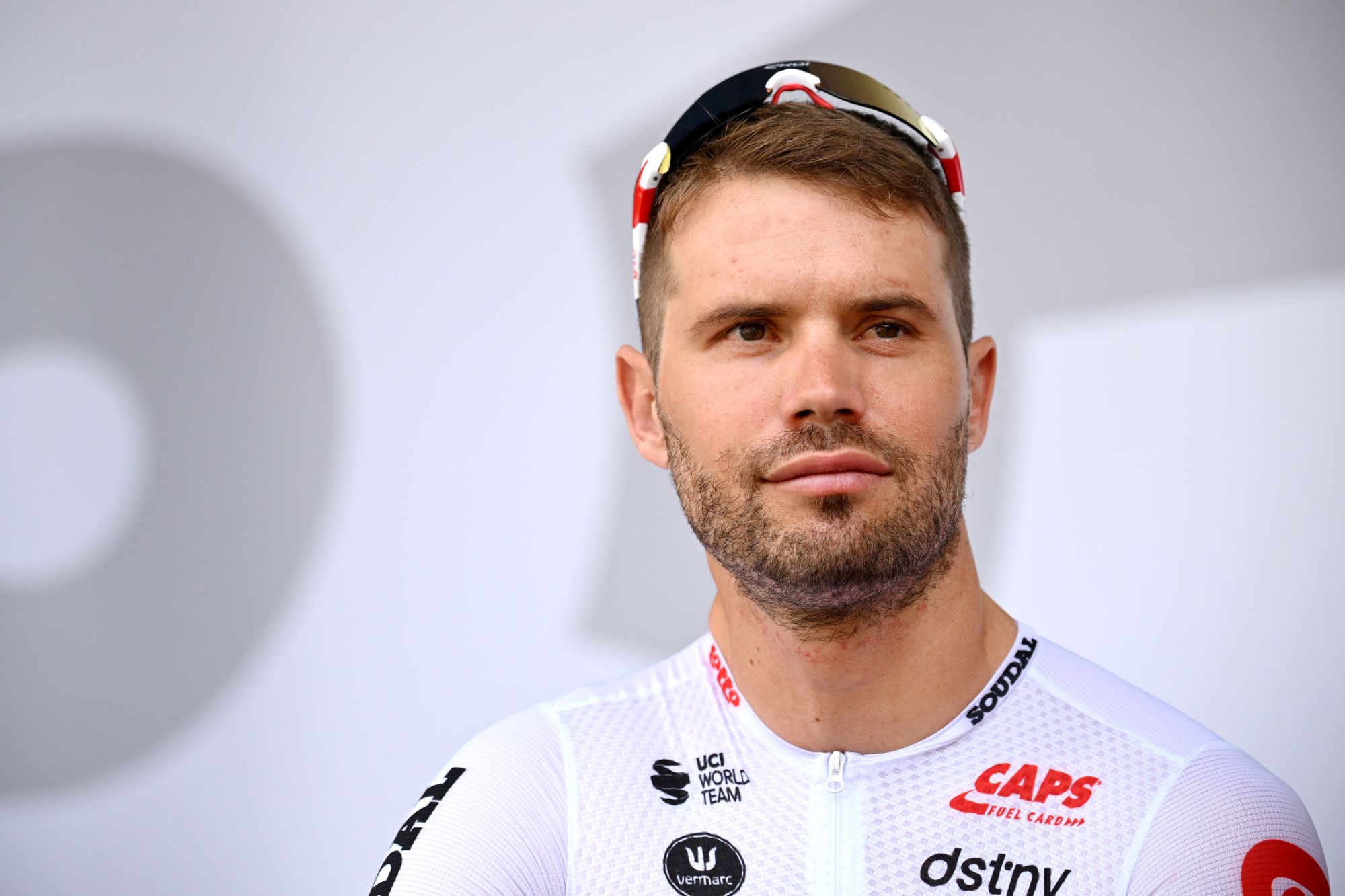 ‘Current WorldTour system is killing all the smaller teams,’ says Reinardt Janse van Rensburg
‘Current WorldTour system is killing all the smaller teams,’ says Reinardt Janse van RensburgSouth African ex-Lotto Soudal rider fears more teams could find themselves in B & B Hotels-KTM situation if the system doesn’t change
By Tom Thewlis
-
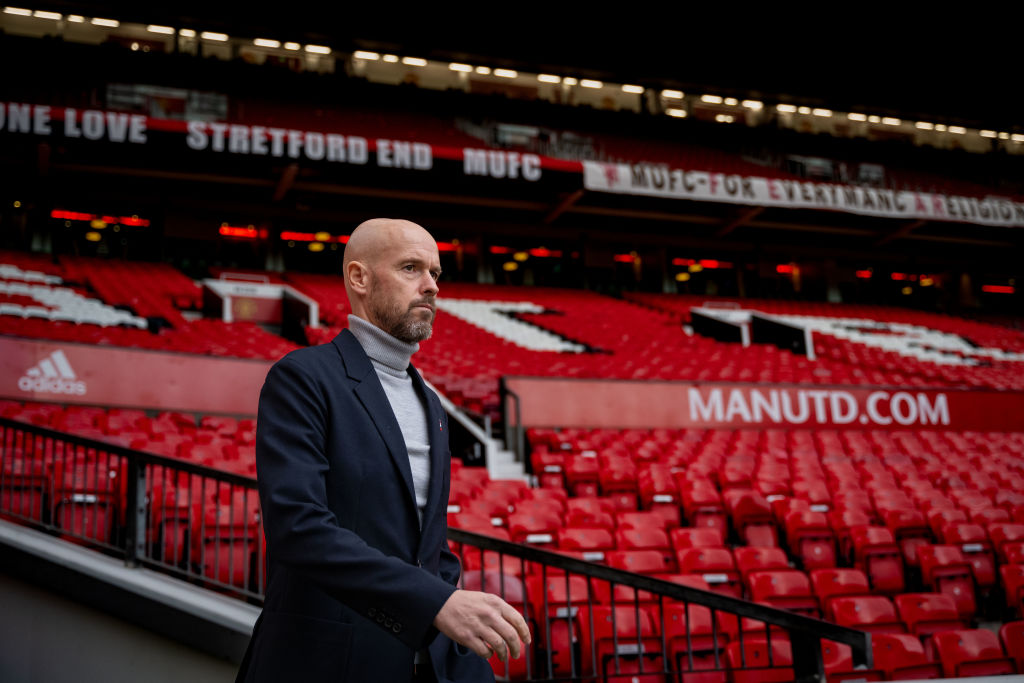 As Cristiano Ronaldo puts the boot in, Jumbo-Visma talk to Manchester United about tactics and managing egos
As Cristiano Ronaldo puts the boot in, Jumbo-Visma talk to Manchester United about tactics and managing egosThe Dutch team’s senior sports director has spoken to Manchester United’s manager for sporting advice
By Owen Rogers
-
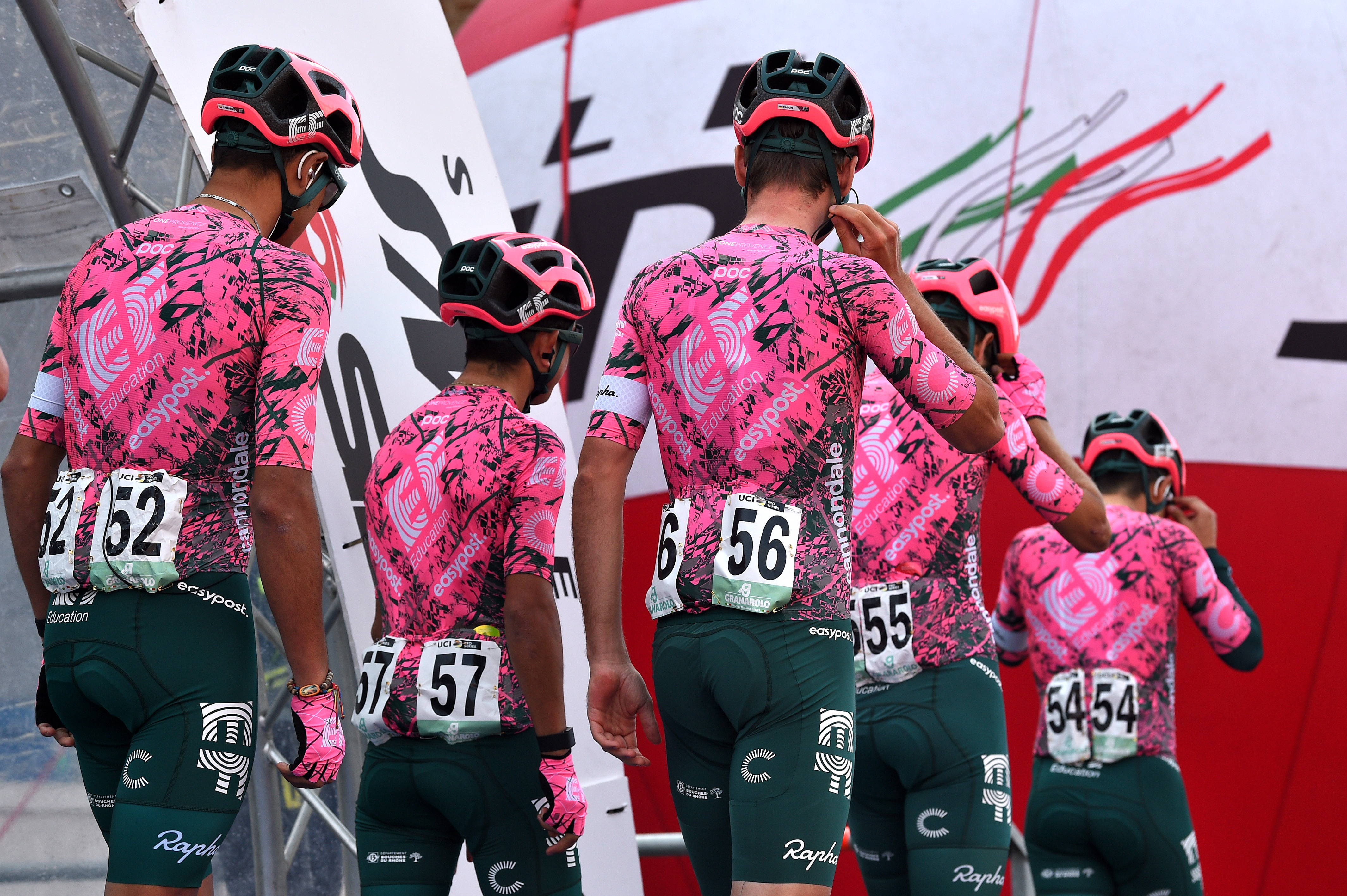 'It's a really absurd way of racing' - EF boss Jonathan Vaughters on WorldTour relegation scrap
'It's a really absurd way of racing' - EF boss Jonathan Vaughters on WorldTour relegation scrapEF Education-EasyPost manager says he hated racing for UCI points
By Tom Davidson